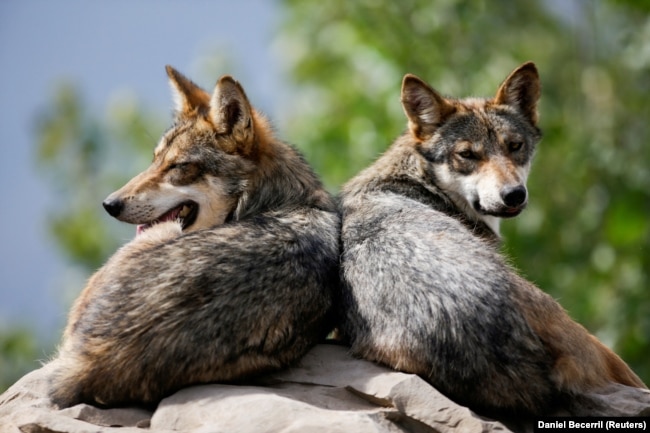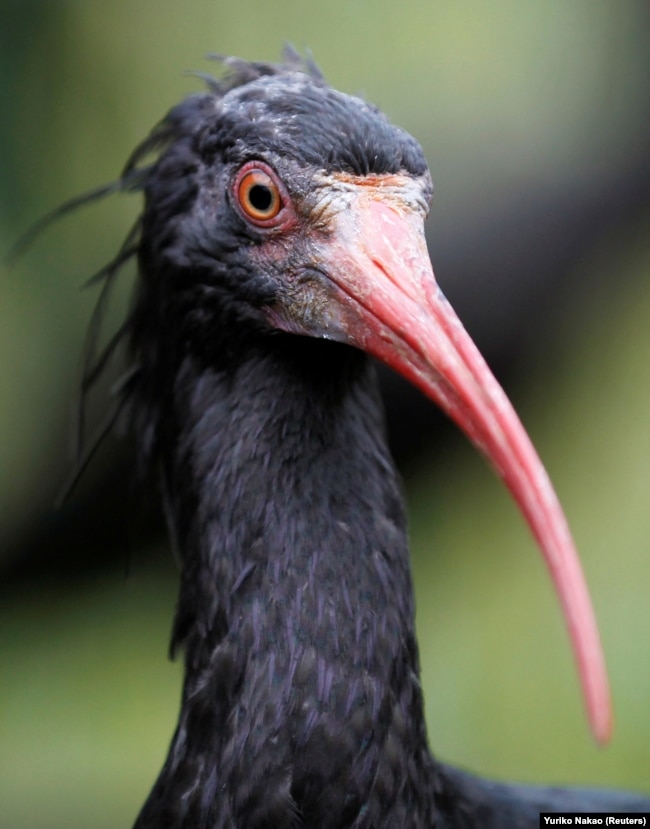AUDIO
Researchers: Protecting 1% of Earth’s Surface Would Save Rare Wildlife

A recent report by environmental researchers says that protecting 1.2 percent of the Earth’s land surface could prevent most extinctions.
Extinction is the permanent disappearance of an animal or plant from the Earth.
The researchers estimated that such an expansion of nature preserves would cost about $263 billion.
In 2022, United Nations delegates to the COP15 meeting in Montreal, Canada, promised to protect 30 percent of the Earth’s surface by 2030. The U.N. calls the promise the “30-by-30 target.” It aims to protect plants and animals severely affected by climate change, pollution, and habitat destruction.
In October, U.N. delegates will gather for a COP16 biodiversity meeting in Colombia to discuss plans for reaching the 30-by-30 goal.

The recent study was published in Frontiers in Science. In it, the researchers aimed to identify the highest value areas around the world. Carlos Peres said he hopes the areas identified will be included in protection plans. Peres was a co-writer of the study and is a conservation ecology expert at the University of East Anglia in Britain.
Perese said, "Most countries do not actually have a strategy.”
He said, "The 30-by-30 targets still lack a lot of details because it doesn't actually say what 30 percent should be protected."
The study's proposed protections would cover an additional 1.6 million square kilometers. This is an area about one fifth the size of the United States. The study includes 16,825 sites that are home to rare and threatened wildlife.

It is estimated that nearly 16 percent of the world’s surface already has some level of protection.
The study estimated that the cost of purchasing land by governments would be about $263 billion. Many of these areas include private property and would be bought at current market values over the next five years.
"Time is not on our side,” Peres said, “because it will become increasingly more expensive and more difficult to set aside additional protected areas.”
Most of the cost of creating protected areas is in buying the land. The study did not consider the costs for policing and maintaining the nature preserves.

About three-quarters of the sites are tropical forests. The Philippines, Brazil, and Indonesia are home to more than half of the high-valued areas.
Russia is the one country with the most high-valued areas. The study said about 138,000 square kilometers should be the target of conservation.
Several African countries are also at the top of the list. Madagascar has the fourth-highest number of areas. And the Democratic Republic of Congo has the largest area targeted for conservation in Africa.
The United States is among the top 30 countries in the study. The study said about 0.6 percent of the U.S. should be targeted for conservation. That is an area about the size of the state of Delaware.
The researchers only considered land and freshwater areas. They did not consider oceans or marine protected areas. The study also did not include kinds of animals such as invertebrates, or animals without a backbone, like insects.
The U.S.-based nonprofit group One Earth paid for the study.
_____________________________________________
Words in This Story
preserve –n. a protected area for a special purpose
habitat –n. a place where wildlife naturally lives
biodiversity –n. the condition of having many different kinds of plants and animals in a place
conservation –n. efforts to preserve and maintain natural lands and resources
ecology –n. the study of relationships between living things
strategy –n. a long-term plan to reach a goal
expensive –adj. costly; requiring a lot of money
tropical –n. related to areas of the Earth between about 22 degrees north and 22 degrees south latitude
marine –adj. related to the sea or oceans
https://learningenglish.voanews.com/a/researchers-protecting-1-of-earth-s-surface-would-save-rare-wildlife/7676304.html